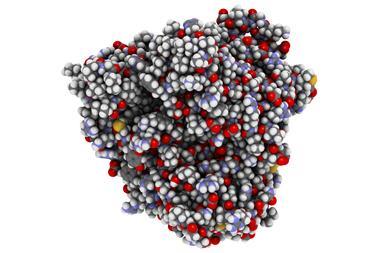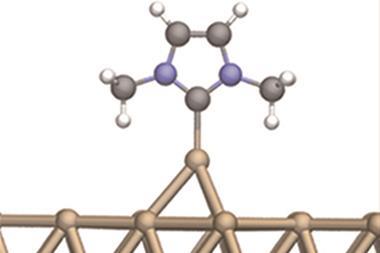While biomimetic chemistry has been busy learning from nature, other chemists have been busy modifying enzymes to develop biocatalysts for other reactions. That's what Frances Arnold's team at California Institute of Technology in the US has been working on and in Science this week they report that they have modified an enzyme to perform the isoelectronic transfer of a carbene to a double bond to create a cyclopropane ring.
While synthetic chemists have used iron porphyrins to catalyse the addition of carbenes to double bonds to create cyclopropane rings for natural products and pharmaceuticals, nature uses different chemistry to make these three membered carbon rings, and those options don't offer the same range of products that carbene addition can produce. Arnold's group wondered if an iron-containing cytochrome P450 enzyme could be engineered to catalyse carbenoid transfers and so combine the best of enzyme chemistrty (regio- and stereoselectivity) and synthetic chemistry.
By using directed evolution the team created a variety of catalysts that can promote different stereoselective paths in a process the team describe as surprisingly easy. Given their success, perhaps other synthetically useful reactions will also gain biological counterparts, they suggest.








No comments yet